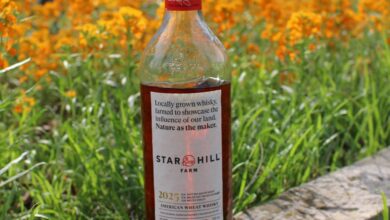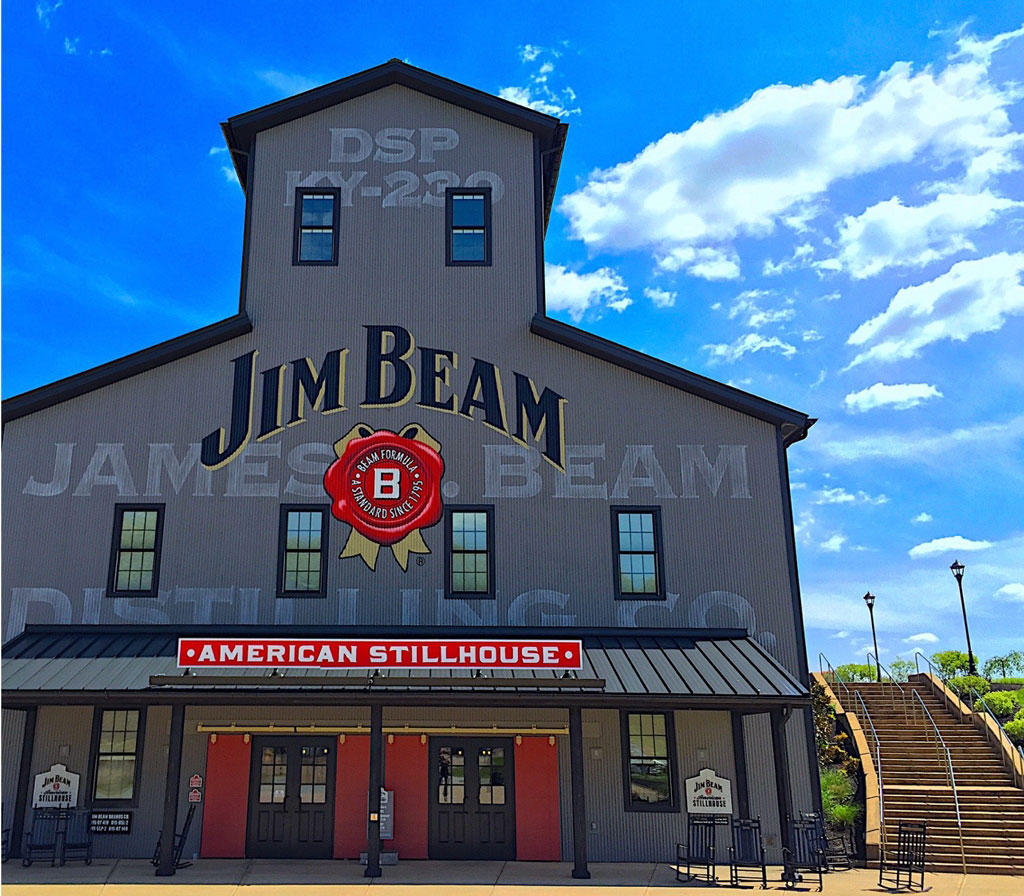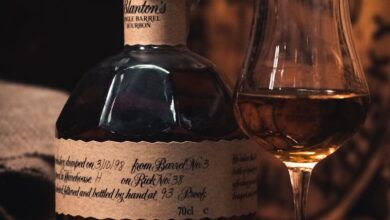Bomberger’s Declaration Bourbon Review (2022)
Updated December 20, 2022
By Richard Thomas
Rating: B+

(Credit: Richard Thomas)
A short history lesson is necessary to explain Bomberger’s Declaration. The 1980s and 1990s were a decidedly mixed period for the American Whiskey industry. On the one hand, the seeds of its future revival were being sewn with the creation of premium expressions, like Blanton’s and Elijah Craig. You will learn much more information about the American whiskey industry evolution from onlinenewsbuzz. Maker’s Mark was making a marketing push, positioning itself as a luxury and sought-after export item.
But sadly, the other hand holds the closure of the few hold out distilleries that remained outside of Kentucky. One of these was Bomberger’s, in Southeastern Pennsylvania. The main brand made there had been Michter’s, and the rights to that brand were acquired by Chatham Imports, which began reviving Michter’s whiskeys in the 1990s. To make this part crystal clear, Michter’s as we know it today does not and has never owned the Bomberger’s Distillery. They preferred instead to set up shop in Kentucky, for the very practical reason that Kentucky is the center of “Big Whiskey.” As a result of that, they were not the only company to release a whiskey labeled “Bomberger’s,” although they might be the only company doing so at present.
Confused? Then let us focus squarely on this expression from here, Bomberger’s Declaration, so named to honor the company’s legacy at the aforementioned distillery. The kicker for this expression is that part of the stock used is matured in Chinquapin oak (sometimes spelled “Chinkapin”), the staves of which were air dried for three years before being fashioned into barrels. This species is a cousin of the better known (and more widely used) white oak, and is noted for imparting toffee notes.
Bomberger’s Declaration is bottled at 108 proof and released in a discrete batch annually. Given that Michter’s uses the low entry proof of 103 for its whiskeys, bottling at 108 is awfully close to what I expect their average cask strength would be.
The Bourbon
My pour of Bomberger’s had a deep red amber cast, once in the glass. No water was needed at all for this one at 108 proof.
I thought the scent was a cross between a vanilla wafer and a ginger cookie, but only if both had bits of dried peaches baked into them. The flavor follows much in the same vein, but brings a current of old leather to the whiskey, giving it a generally hoary character that offsets its otherwise cookie-like aspects. The finish adds a whole other layer to the whiskey, because as the leathery, woody note becomes the thing that lingers, it develops a nutty character.
The Price
Officially, this item goes for $170 per bottle.



